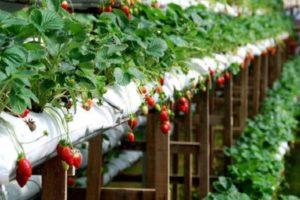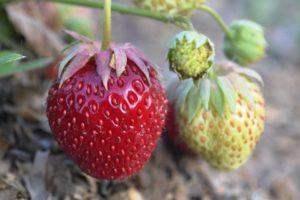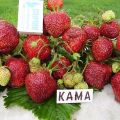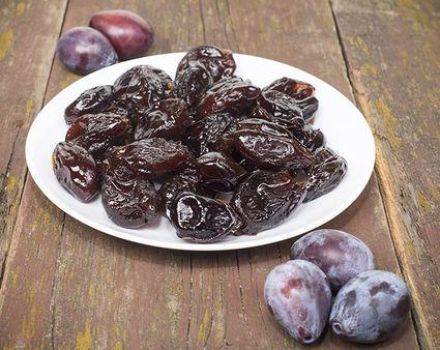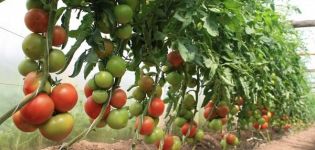Description and characteristics of the strawberry variety Tuscany, growing rules
The strawberry is named after the exotic region of Italy - Tuscany. It is popular among gardeners not only because of the taste of berries, but also for the decorativeness of flowering. The strawberry variety is a real salvation for those people who love strawberries, but do not have a plot to grow them. Tuscany plays the role of an ampelous plant, combining benefits and beauty.
Description and characteristics of the variety Tuscany
The strawberry variety became known to the world in 2011. The variety is a hybrid and belongs to the garden strawberry group. It was developed by the Italian company ABZ seeds. During its existence, it managed to receive numerous positive reviews.
Low-growing bushes have shoots that reach a length of 1 m. Strawberries have horizontal growth. The shoots are covered with dark green leaves, which are characterized by high density and are covered with shine.
In the summer season, the bush is covered with many flowers. In Tuscany, flowers are painted in a bright ruby color. Ripe berries are cone-shaped and sweet in taste. They give off a pronounced aroma.
One berry in weight reaches from 30 to 40 g. Strawberries have a dense consistency. During the season, up to 1 kg of berries are harvested from 1 bush.
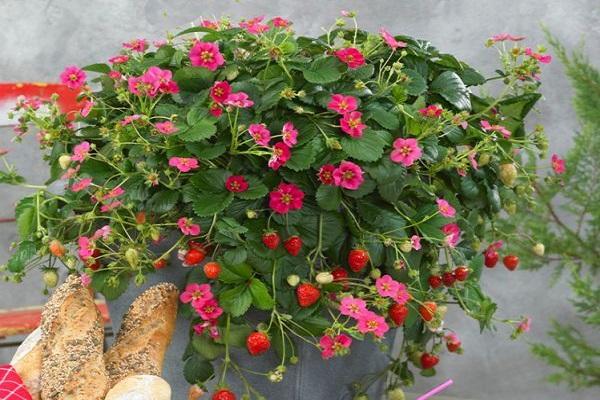
Varietal pros and cons
Strawberries have the following strengths:
- easy care;
- high productivity;
- fast growth rates;
- compact size of the bush;
- strawberry fruit aroma;
- high level of decorativeness;
- resistance to sudden changes in temperature;
- easily tolerates drought;
- strong immune system;
- extended period of fruiting.
In a short period of its existence, strawberries have not received a single negative response. Therefore, the shortcomings are still unknown.

The subtleties of growing
Tuscany is suitable for cultivation in the southern and central regions. Loves warm or temperate climates. In the northern regions it grows poorly, as it does not like prolonged cold.
Landing dates
The hybrid is planted in spring or autumn. For March, the seed method is used, for May and June, the seedling method. After planting the crop, you can enjoy the view already in the current season.
Seat selection
Tuscany strawberries are grown in the ground in the garden beds, in the yard, in baskets that are hung or left on the ground. Tuscany can grow anywhere. A sunny place is chosen for her.
Preparation of planting material
Before planting strawberries, the sprouts are examined for spoilage. Dry and rotten branches are removed.The first peduncles are cut off so that the bushes can direct all their strength to growth.
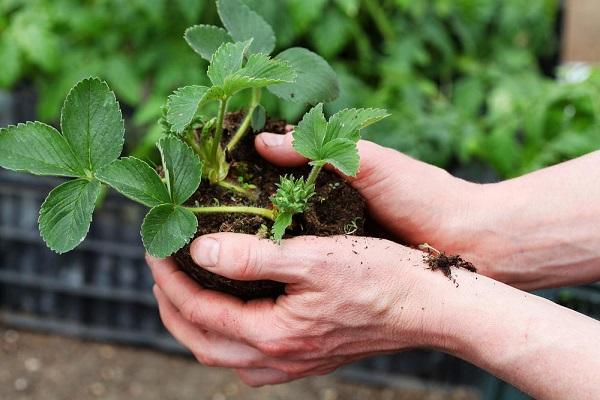
Landing rules
If this is open soil, there should be enough distance between the bushes, as they tend to grow strongly to the sides. This is influenced by the rapid formation of a mustache. A close planting leads to the layering of branches on top of each other of neighboring bushes. In turn, this will deprive all the bushes of the necessary light.
As a result, the berries become small, the shoots are intertwined, which interferes with the normal harvest. There should be at least 70 cm of free space between the planted bushes. Ideally, leave 1.5 m between the strawberries.
People who cultivate various plants plant Tuscany along the paths in the garden. Also hung in baskets. This saves space well, an option especially relevant for gardeners with limited space.
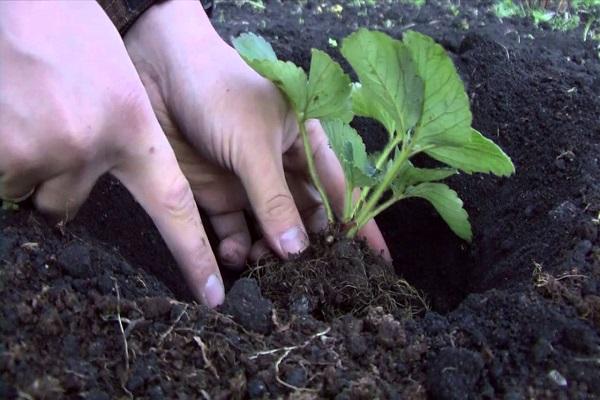
Crop care recommendations
Tuscany, like most other strawberry varieties, needs watering, feeding, warmth and light.
Watering
The berry loves moisture, but does not tolerate abundantly moistened soil. Watering is carried out regularly during the active growing season, as well as during the formation of ovaries. In hot weather, the soil is saturated with moisture twice a day - in the morning and in the evening.
In no case should water fall on the green part of the crop. The bushes are watered only at the root. This will save the culture from frequent fungal diseases.
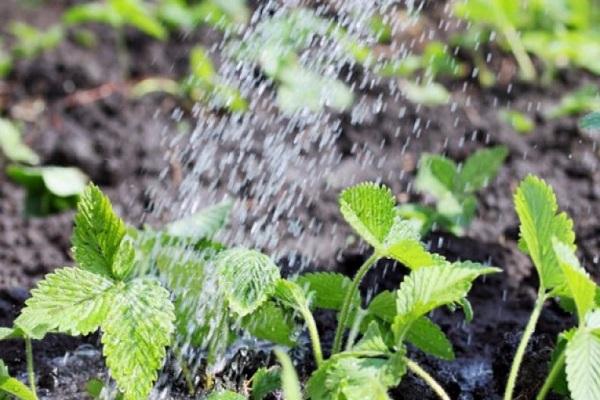
Top dressing
This item directly affects the result of the harvest. The secret of a large number of berries depends on quality dressings. In order to achieve abundant fruiting, strawberries are provided with a nutrient medium.
Tuscany is saturated with nitrogen, phosphorus and potassium. The proportions of substances are as follows - 1: 3: 6. Potassium acts on the formation of flowers, under its influence they are painted in a bright color and become very beautiful. The taste of strawberries improves, and it becomes large.
The feeding procedure is carried out every two weeks.
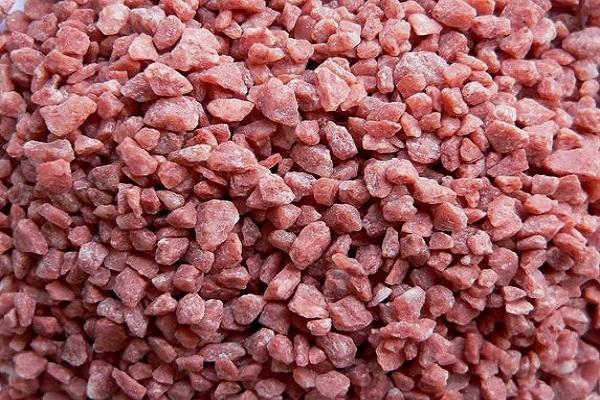
Warmth and light
Tuscany cannot thrive without sufficient light and warmth. The quality and quantity of the crop depends on the temperature regime:
- during the growing season, during the day it should be within + 7- + 10 degrees, at night - +5 degrees;
- at the time of fruiting during the day +25 degrees, at night - +18 degrees.
The duration of daylight hours is within 12-14 hours.
Preparing for winter
If Tuscany is grown in southern and temperate latitudes, there is no need for shelter. In the northern regions, the bushes must be insulated for the winter. Freezing of the hybrid begins at temperatures below -10 degrees.
Any material serves as insulation. The culture is mulched with spruce needles, sawdust or humus. Even a film is suitable for shelter. Strawberries, which are grown in containers, are transported indoors and stored at temperatures ranging from -2 to +2 degrees.
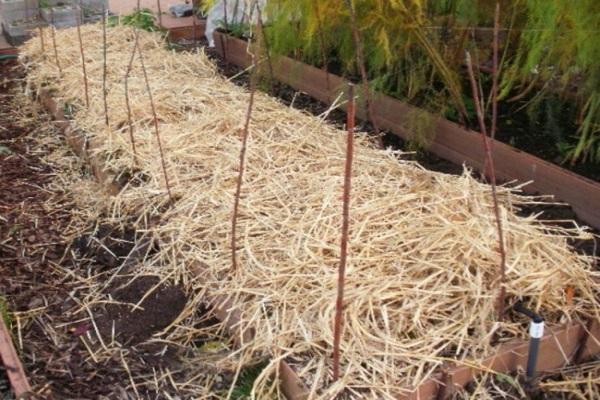
Disease and pest control measures
Strawberries, like other crops, are not completely protected from the attack of insects and various diseases. Pests affect not only plant bushes, but also berries:
- Spider mites and plant aphids. They get rid of insects with solutions based on karbofos. Medicines are diluted, after which the plants are sprayed.
- Strawberry mite. Colloidal sulfur is suitable for spring treatment. In summer, the bushes are sprayed with "Neoron".
- Strawberry nematode. Grooves are made around the bushes in the beds, which are filled with lime.
In the fight against plant parasites, methods of traditional medicine are used. The bushes are treated with tinctures based on garlic and laundry soap. Tuscany is protected from white and brown spot, powdery mildew, late blight and fusarium wilting.
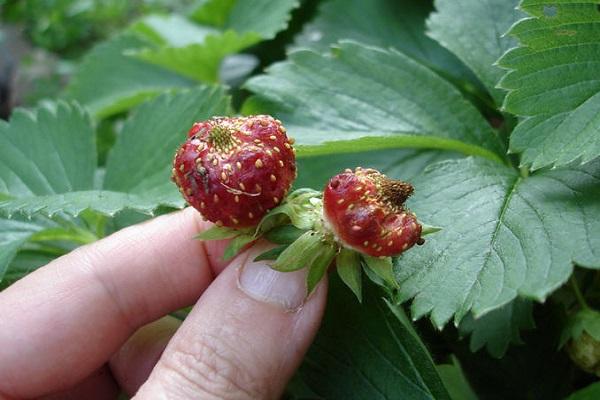
Breeding methods
If the seeds for propagation were harvested at home, the sprouts that come from them will not have the characteristics of the mother plant. Therefore, Tuscany most often reproduces with a mustache. For growing Tuscany from seeds, the material is bought in a specialized store.
Collection and storage of strawberries
The processes of flowering and ripening of berries in a culture are characterized by continuity. Thanks to this, strawberries give a high, stable yield. Fruiting occurs in two stages. The first lasts a month, the second occurs 7-10 days after the beginning of the first.
The berries are harvested when they are firm and have a uniform pink color. Strawberries should not remain on the shoots for a long time, as they quickly overripe. One bush per season gives from 1 to 1.5 kg of berries.
Despite the long-term fruiting, it can be extended. To do this, gardeners use a little trick. The containers in which Tuscany grows are brought into the premises. Man will pick strawberries until fall.
